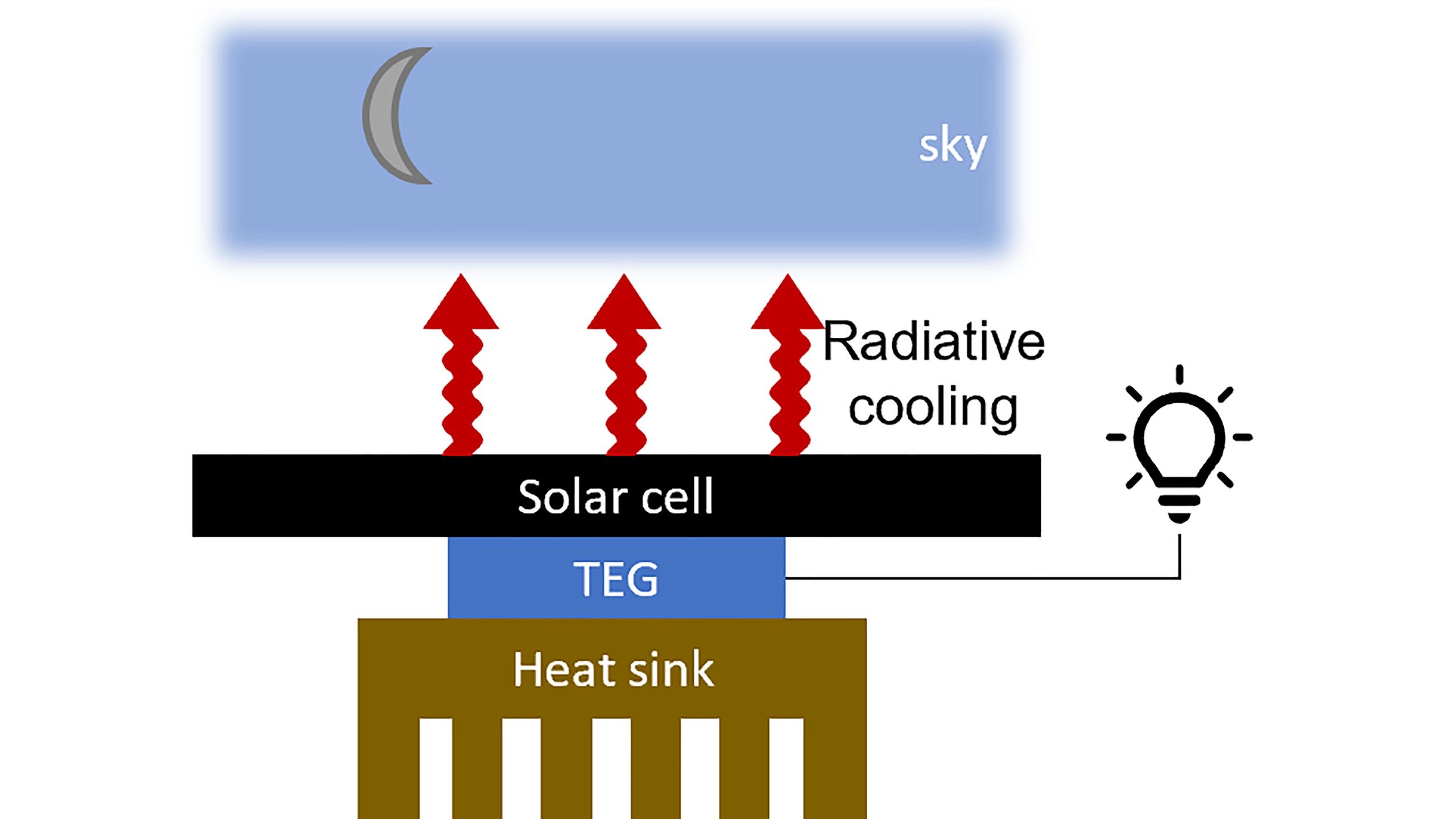Scientists and researchers are thriving each day by achieving the milestones in the paradigm of sustainable development, one after the other. One of the goals of sustainable development is achieving efficiency in the consumption of electricity. For this, the traditional technique of using solar panels and then generating electricity through the rays emitted by sunlight is the most utilized in today’s world, which has made it old-fashioned as well. However, as scientists always keep on finding new ways and methods to do things, they have come up with another promising idea to generate electricity through solar panels but at night. This is cool, isn’t it?

A specific material that has been found in night-vision goggles is designed to be utilized in solar cells to help produce electricity at night. These night-vision goggles are composed of a “thermoradiative diode,” which is a semiconductor device. The core function of this material when being used in solar cells is to generate electricity by radiating infrared light. This infrared light would be emitted into the unheated environment, preferably at night. This temperature difference impels the solar cells to generate electricity.
Phoebe Pearce, a physicist from the University of New South Wales, said, “Photovoltaics, the direct conversion of sunlight into electricity, is an artificial process that humans have developed to convert solar energy into power. In that sense, the thermoradiative process is similar; we are diverting energy flowing in the infrared from a warm Earth into the cold Universe.” Nevertheless, the solar panels’ only limitation was that they only had the potential to produce electricity during the daytime, but now by using renewable energy sources most effectively, this deficiency has been overcome.

As of now, only the prototype has been made, but once it becomes successful after going through some testing phases, then it will be available for commercial use as well. Furthermore, the infrared light is radiated when the electrons are exposed to heat, thus raising their temperature to a certain level, at which point they will start moving in motion, and thus this process proceeds forward. The function of a diode in this aspect is to pave the way for one-way electron traffic so that during the moving electrons can lose their energy to the cooler environment. Mercury Cadmium Telluride (MCT) is the material from which these diodes should be made from as it can absorb infrared light long enough as well as have the median range capacity to convert it into electricity.

The co-author of this study, Dr. Michael Nielson, said, “Even if the commercialization of these technologies is still far down the road, being at the very beginning of an evolving idea is such an exciting place to be as a researcher.” By leveraging our knowledge of how to design and optimize solar cells and borrowing materials from the existing mid-infrared photodetector community, we hope to make rapid progress towards delivering the dream of solar power at night.”


